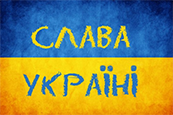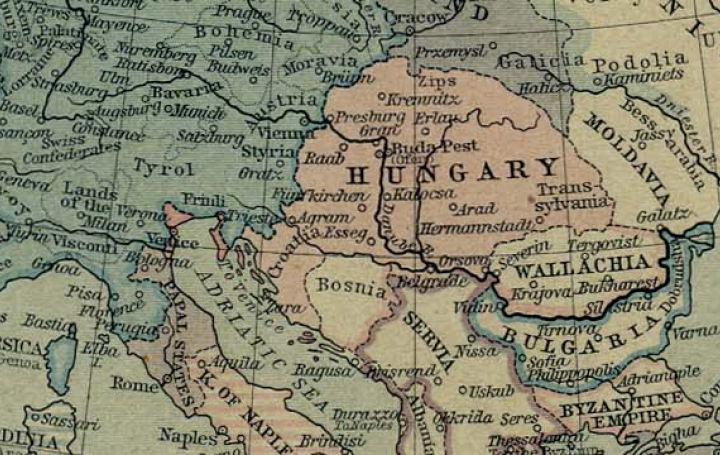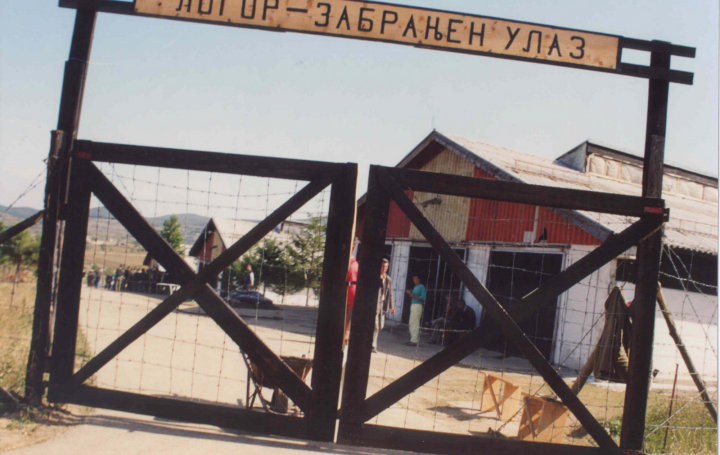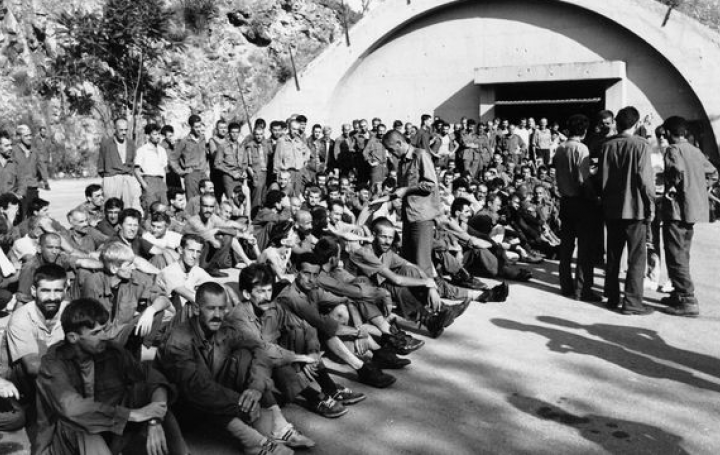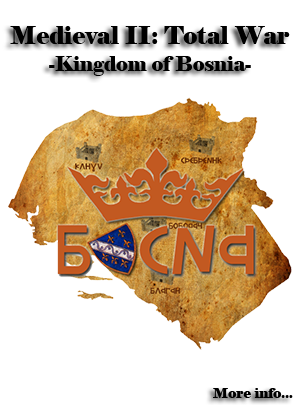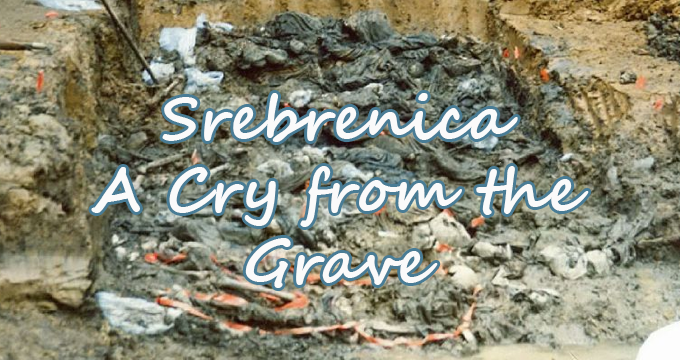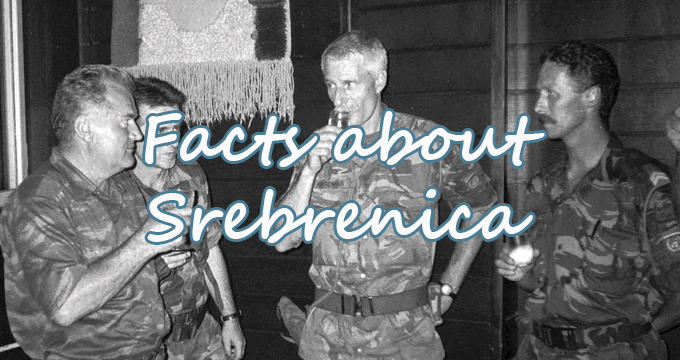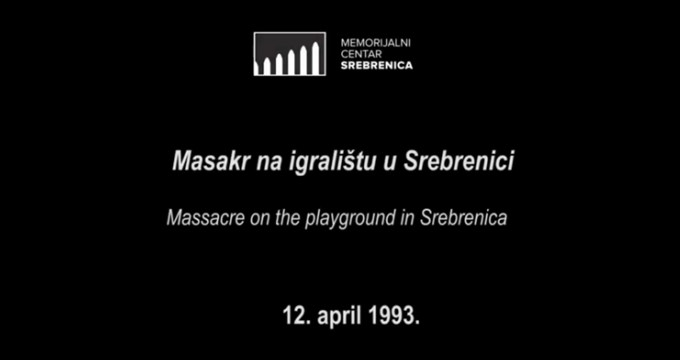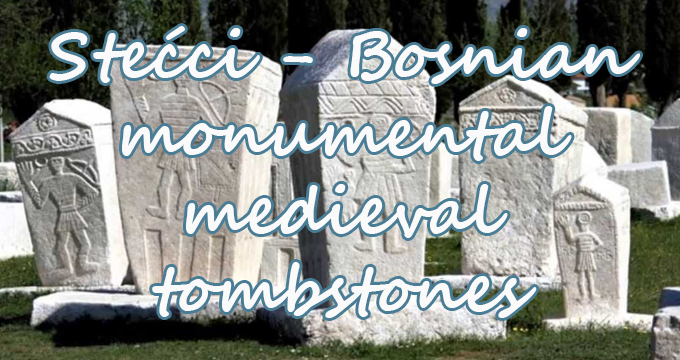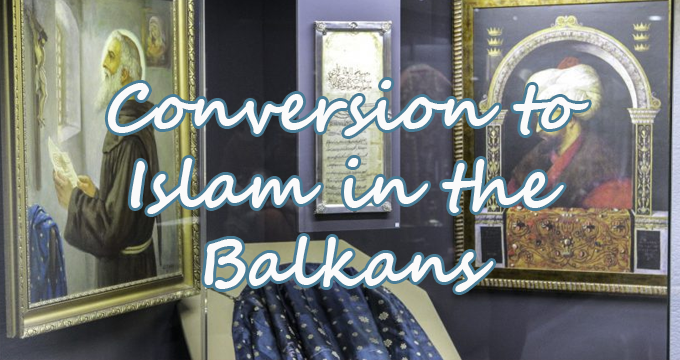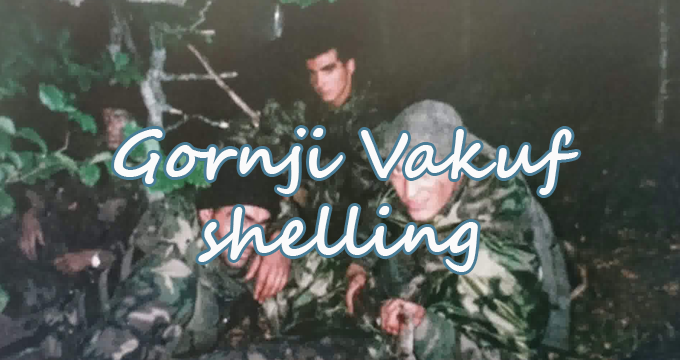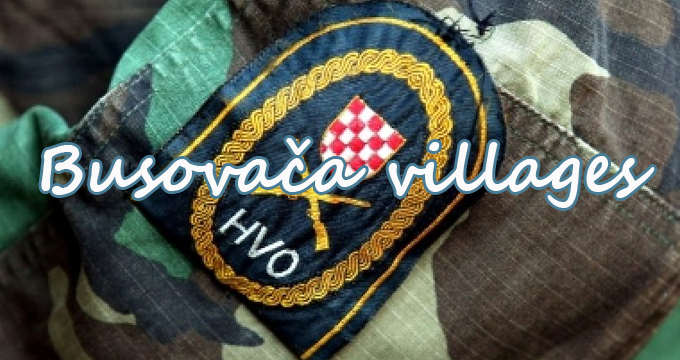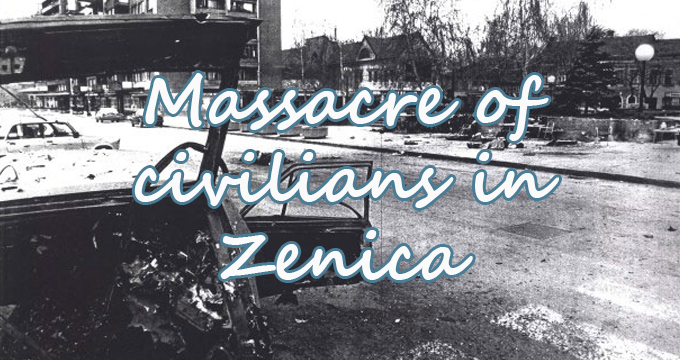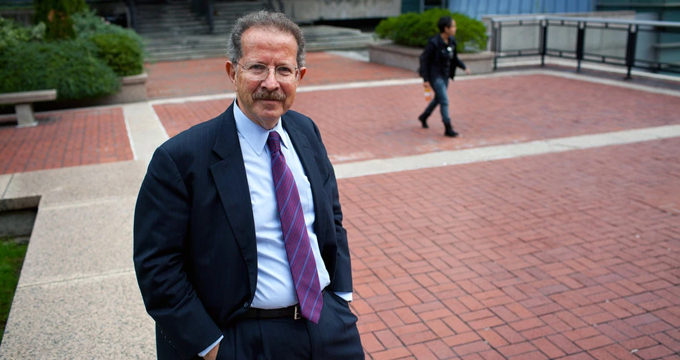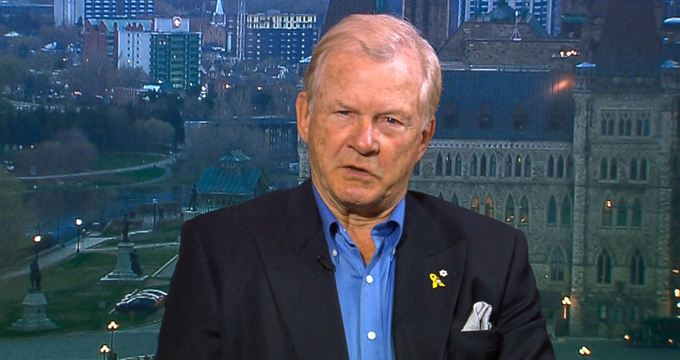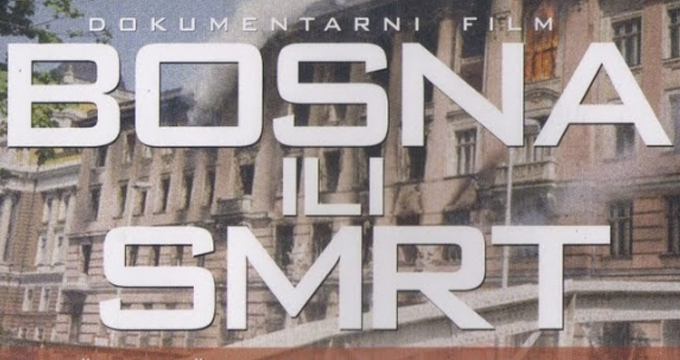"Bosnia or Death" is an untold story of 2nd and 3rd May 1992, the historic days of crucial importance for the defense of the city of Sarajevo and the state of Bosnia and Herzegovina. These fateful events in this documentary brings authentic testimony from the participants, which are for the first time documented, disected and analyzed in details to show the Serb plan in their final operation to capture the city of Sarajevo; the documentary shows some of the details that have not yet been publicly shown.
The documentary also shows unknown details from the event that took place on the May 3, 1992, known in the public as "Slučaj Dobrovoljačka".

